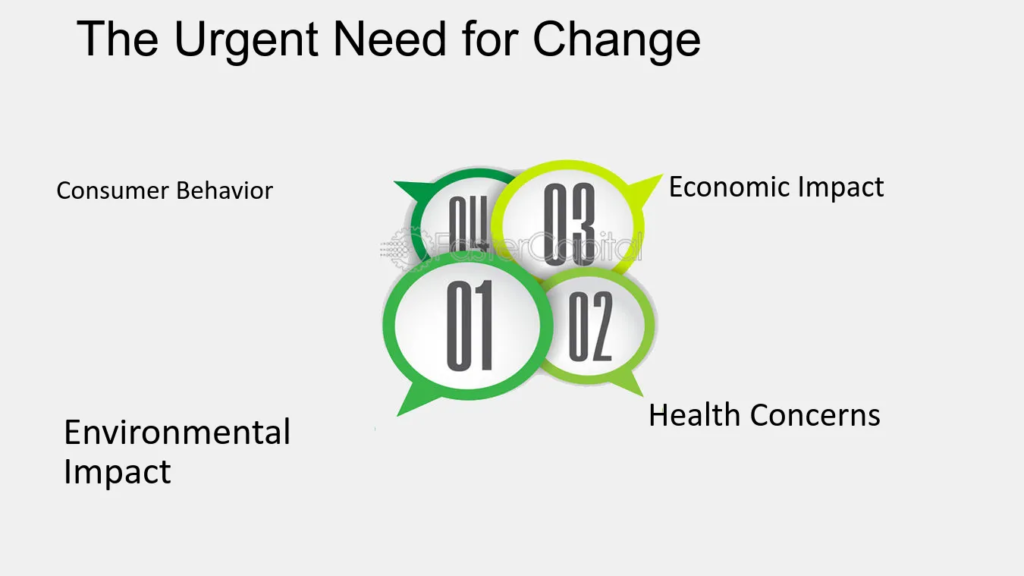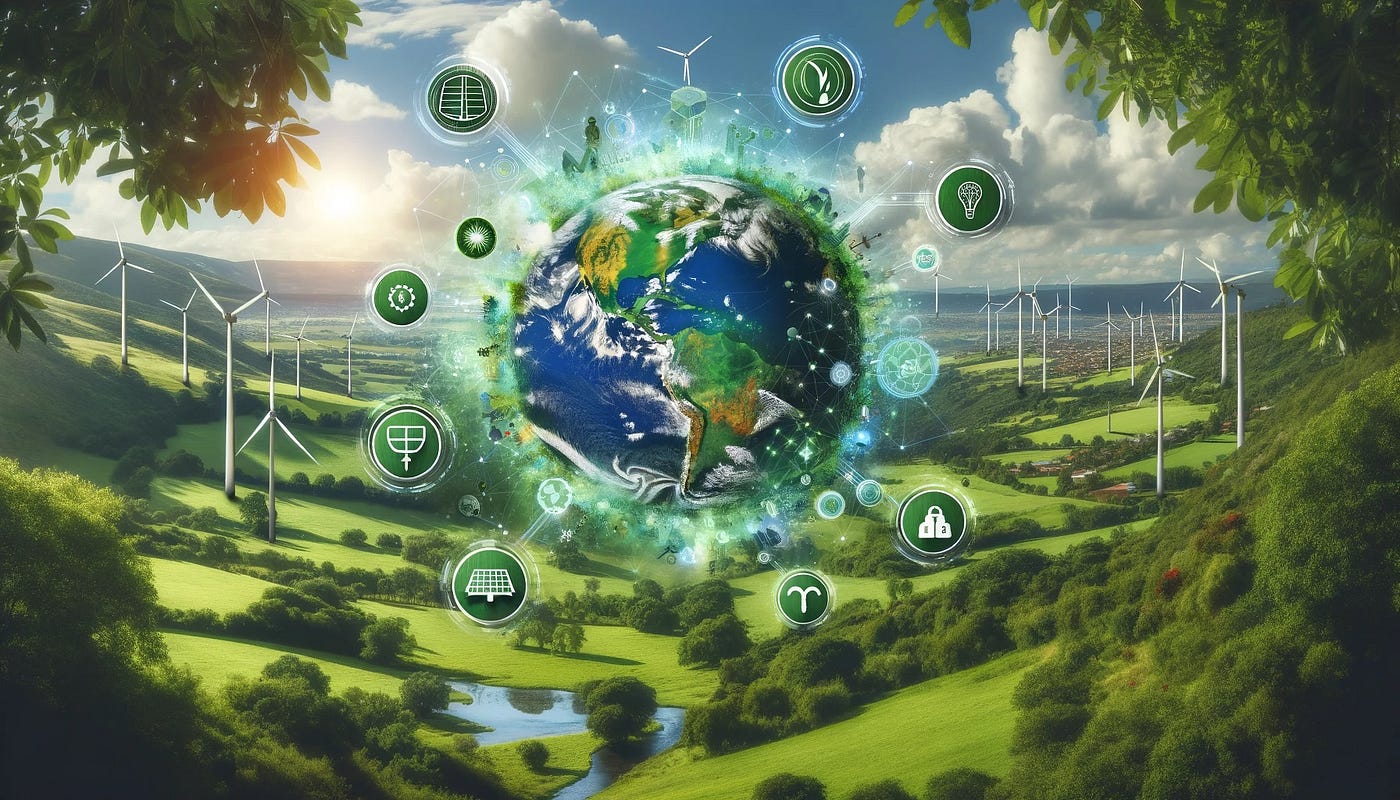As the world grapples with unprecedented challenges, ranging from climate change to rapid technological advancements, the necessity for forward-thinking initiatives has never been clearer. One such initiative is “Project 2025,” a blueprint for a sustainable and technologically driven future. Aimed at addressing the core issues of our time, Project 2025 sets ambitious goals that integrate environmental sustainability, cutting-edge innovation, and inclusive societal growth. This article delves into the objectives, strategies, and potential impacts of Project 2025, underscoring its importance in shaping the future of our world.
The Urgent Need for Change

The global landscape in 2024 is marked by a dual challenge: balancing rapid technological advancement with the need for environmental sustainability. As technology https://www.bbc.com/news/world accelerates, it brings unprecedented opportunities for growth and transformation. However, it also presents risks such as job displacement, data security issues, and widening socioeconomic divides. On the other hand, the climate crisis continues to pose an existential threat, with rising temperatures, natural disasters, and resource depletion increasingly affecting societies worldwide.
Project 2025 is born out of the recognition that these challenges require urgent, coordinated action. Governments, businesses, and civil society organizations Project 2025 must work together to harness technology for good while simultaneously mitigating the environmental impacts of modern human activities.
Key Pillars of Project 2025

- Sustainability and Climate Action
At the heart of Project 2025 lies a commitment to environmental sustainability. With global temperatures rising and natural ecosystems under threat, the project aims to bring about meaningful change through the adoption of green technologies, policy shifts, and global cooperation.
One key objective is the reduction of carbon emissions to meet or exceed the targets set by the Paris Agreement. Project 2025 envisions a world where renewable energy sources such as solar, wind, and hydroelectric power become the dominant forms of energy production. In tandem, fossil fuel dependence will be minimized, and green energy innovations will be incentivized at every level, from local communities to multinational corporations.
Another critical aspect of the sustainability pillar is the promotion of circular economies. Rather than the traditional model of “take, make, dispose,” Project 2025 promotes a shift to recycling, reusing, and repurposing materials. By minimizing waste and conserving resources, the project aims to create a sustainable consumption pattern that benefits both people and the planet.
- Technological Innovation and Digital Transformation
Technology is a central driver of the vision set forth in Project 2025. The initiative seeks to leverage advancements in artificial intelligence (AI), robotics, and data science to create a smarter, more efficient world. Automation and AI are expected to revolutionize industries ranging from healthcare to manufacturing, making processes more efficient and less resource-intensive.
Project 2025 also focuses on the importance of digital infrastructure. By improving connectivity in rural and underserved areas, the initiative hopes to bridge the digital divide and provide more equitable access to information, education, and economic opportunities. Project 2025 The widespread adoption of 5G technology is expected to play a critical role in this endeavor, facilitating faster and more reliable internet access across the globe.
One of the more futuristic aspects of Project 2025 is its focus on the integration of smart cities. These cities will utilize Internet of Things (IoT) technologies to optimize traffic flow, energy consumption, and public services. By creating urban environments that are more interconnected and responsive, the project aims to improve the quality of life for urban dwellers while reducing environmental impact.
- Inclusive Economic Growth
While technological innovation promises to transform economies, Project 2025 emphasizes that this growth must be inclusive. One of the greatest risks posed by rapid technological advancement is the potential for deepening inequalities. Automation and AI could displace millions of workers, particularly in industries that rely on routine tasks. To combat this, Project 2025 calls for a focus on upskilling and reskilling workers so they can transition into new roles in emerging industries.
Education systems will need to evolve to prepare https://www.bbc.com/news/world future generations for jobs that do not yet exist. Project 2025 advocates for curriculum reform, emphasizing STEM (Science, Technology, Engineering, and Mathematics) education while also nurturing creativity, critical thinking, and emotional intelligence. The goal is to create a workforce that is adaptable, innovative, and capable of thriving in an ever-changing job market.
Moreover, Project 2025 underscores the importance of small and medium-sized enterprises (SMEs) in driving economic growth. By providing SMEs with access to digital tools, financial resources, and networks, the initiative aims to empower entrepreneurs and foster innovation at the grassroots level.
- Global Cooperation and Governance
Project 2025 recognizes that the challenges of the 21st century are inherently global. Climate change, cyber threats, and economic inequality cannot be addressed by any one nation in isolation. Thus, global cooperation and governance reform are essential components of the project.
The initiative calls for a reinvigorated commitment to multilateralism, with international organizations such as the United Nations and the World Bank playing central roles in coordinating global action. Trade agreements will need to reflect the changing economic landscape, ensuring that all nations—particularly developing ones—can benefit from technological advancements.
Additionally, Project 2025 advocates for the establishment of international standards for data security and privacy. As more aspects of daily life move online, the risks of cyberattacks and data breaches grow. A global framework for managing these risks is crucial for maintaining trust in digital systems and ensuring that technological progress benefits everyone.
Potential Impacts of Project 2025

The successful implementation of Project 2025 would have far-reaching impacts on every aspect of society. In terms of the environment, the shift towards Project 2025 renewable energy and sustainable consumption could slow, or even reverse, the damage caused by decades of industrialization. Cleaner air, water, and land would improve public health outcomes https://www.bbc.com/news/world and reduce the strain on healthcare systems.
Economically, Project 2025 could usher in a new era of growth and prosperity. By investing in human capital and digital infrastructure, the initiative would help create new industries and job opportunities, fostering resilience in the face of global economic shifts. While some sectors may experience disruption due to automation, the focus on education and upskilling should mitigate these effects and ensure that workers can transition into new roles.
Socially, the inclusive nature of Project 2025 could help reduce inequalities within and between nations. By ensuring that technological advancements benefit all, rather than a select few, the initiative has the potential to create a fairer, more equitable world.
Challenges and Criticisms

Despite its ambitious goals, Project 2025 is not without its challenges and criticisms. Some experts have expressed concerns about the feasibility of achieving such sweeping changes in just a few years. The transition to renewable energy, for example, requires massive investments in infrastructure and technology that may be beyond the reach of many nations, https://www.bbc.com/news/world particularly those in the developing world.
There are also concerns about the unintended Project 2025 consequences of rapid technological advancement. While automation promises to improve efficiency, it could exacerbate inequality if not managed properly. Ensuring that all workers benefit from technological progress will require careful planning and coordination.
Conclusion
Project 2025 represents a bold vision for the future, one that seeks to harness the power of technology while ensuring environmental sustainability and social inclusion. Its success will depend on the willingness of governments, businesses, and individuals to embrace change and work together toward a common goal. While challenges remain, the potential benefits of Project 2025 are vast, offering a roadmap to a future that is not only more advanced but also more just and sustainable.


